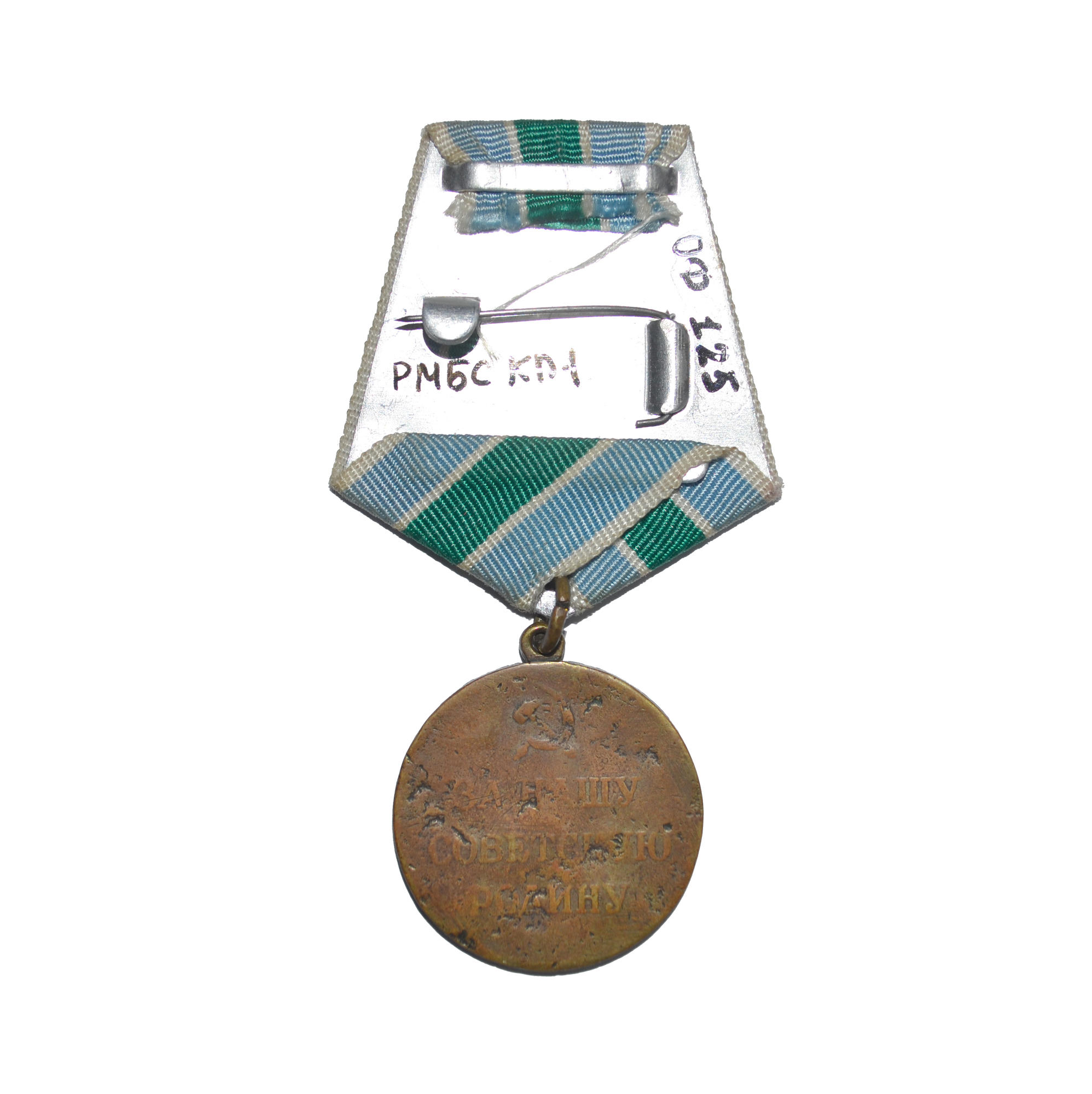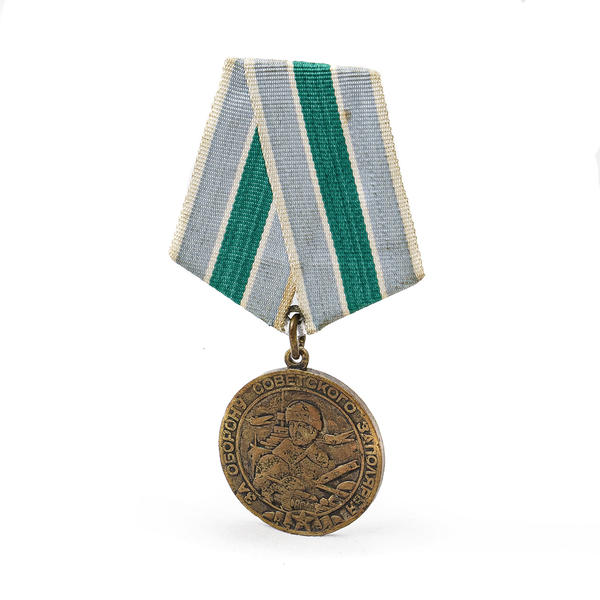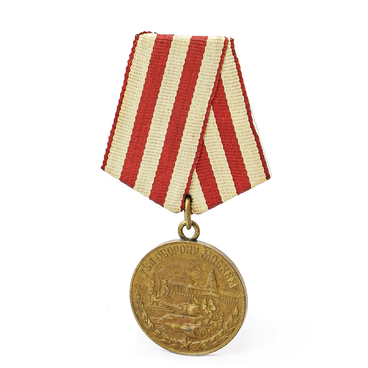The war came to the Soviet Transarctic on the 29th of June, 1941, when two formations of the German Army Norway (Armee Norwegen), allied with one of the corps of the Finnish armed forces, began to advance in the direction of Murmansk. About 97 thousand of officers and men, more than one hundred tanks and the same number of artillery pieces were led by Colonel General Nikolaus von Falkenhorst. The Army was supported by the German Air Force and Navy groupings.
On the 1st of September, troops of the Northern and Karelian Fronts moved out against the German and Finnish formations. Under severe climatic conditions, the fighting did not last long. As early as a week later Hitler troops took up defensive positions, having failed to break stiff resistance of the 14th Army supported by the salvoes of the Northern Fleet naval artillery.
The objective of the invaders was to seize Murmansk, a northern port of the Soviet Union, which never froze, as well as to block the Kirov railway, destroy naval bases of the Northern Fleet and to establish control over the Kola Bay. The city of Murmansk, as well as Kandalaksha and the village of Louhi were under the attack.
Finland, which participated in the war, had its own interests. According to the developed scenario, it was supposed to capture the Kola Peninsula in order to complete the geography of Great Finland.
Germans failed to win a quick victory in the North. But the position warfare lasted until 1944, and, despite the fact that Murmansk was almost out of danger, periodic German air strikes inflicted heavy damage on the city. However, the port, the main northern gate of the USSR, continued to work. A relative lull on land was counterweighted by the fierce fighting at sea.
The state of affairs in the Transarctic region changed radically in the autumn of 1944. Troops of the Karelian Front in conjunction with the Northern Fleet launched an offensive operation named the Petsamo-Kirkines Offensive in early October. Two months later the Soviet Army broke through the powerful defensive line of the Germans and, assisted by the air force and navy, fully liberated the transpolar north from the fascists.
Having crossed the Norwegian borderline, the USSR Army liberated the country from the invaders beginning from the city of Kirkines. Just Lippe, a Norwegian journalist and politician, wrote at that time: ‘The Soviet Army came to Norway not only and not so much as a military force, but as a friend of Norwegian people’. More than 2 thousand Soviet soldiers gave their lives to liberate Norway from fascism. In Kirkines and in many other Norwegian cities, monuments were built to the fallen soldiers with the text Norge takker dere (Norway is thanking you).
The medal For the Defence of the Soviet Transarctic was awarded in one’s lifetime and posthumously to the participants in the military operations at the Northern and Karelian Fronts, as well to seamen of the Northern Fleet.
The heroism of the Northern Fleet and the White Sea Military Flotilla sailors, who sank over 400 German warships in the White Sea, the Barents Sea and the Kara Sea, is yet another vivid example of courage and bravery of Soviet soldiers.
On the 1st of September, troops of the Northern and Karelian Fronts moved out against the German and Finnish formations. Under severe climatic conditions, the fighting did not last long. As early as a week later Hitler troops took up defensive positions, having failed to break stiff resistance of the 14th Army supported by the salvoes of the Northern Fleet naval artillery.
The objective of the invaders was to seize Murmansk, a northern port of the Soviet Union, which never froze, as well as to block the Kirov railway, destroy naval bases of the Northern Fleet and to establish control over the Kola Bay. The city of Murmansk, as well as Kandalaksha and the village of Louhi were under the attack.
Finland, which participated in the war, had its own interests. According to the developed scenario, it was supposed to capture the Kola Peninsula in order to complete the geography of Great Finland.
Germans failed to win a quick victory in the North. But the position warfare lasted until 1944, and, despite the fact that Murmansk was almost out of danger, periodic German air strikes inflicted heavy damage on the city. However, the port, the main northern gate of the USSR, continued to work. A relative lull on land was counterweighted by the fierce fighting at sea.
The state of affairs in the Transarctic region changed radically in the autumn of 1944. Troops of the Karelian Front in conjunction with the Northern Fleet launched an offensive operation named the Petsamo-Kirkines Offensive in early October. Two months later the Soviet Army broke through the powerful defensive line of the Germans and, assisted by the air force and navy, fully liberated the transpolar north from the fascists.
Having crossed the Norwegian borderline, the USSR Army liberated the country from the invaders beginning from the city of Kirkines. Just Lippe, a Norwegian journalist and politician, wrote at that time: ‘The Soviet Army came to Norway not only and not so much as a military force, but as a friend of Norwegian people’. More than 2 thousand Soviet soldiers gave their lives to liberate Norway from fascism. In Kirkines and in many other Norwegian cities, monuments were built to the fallen soldiers with the text Norge takker dere (Norway is thanking you).
The medal For the Defence of the Soviet Transarctic was awarded in one’s lifetime and posthumously to the participants in the military operations at the Northern and Karelian Fronts, as well to seamen of the Northern Fleet.
The heroism of the Northern Fleet and the White Sea Military Flotilla sailors, who sank over 400 German warships in the White Sea, the Barents Sea and the Kara Sea, is yet another vivid example of courage and bravery of Soviet soldiers.




